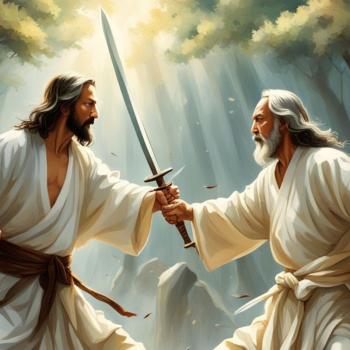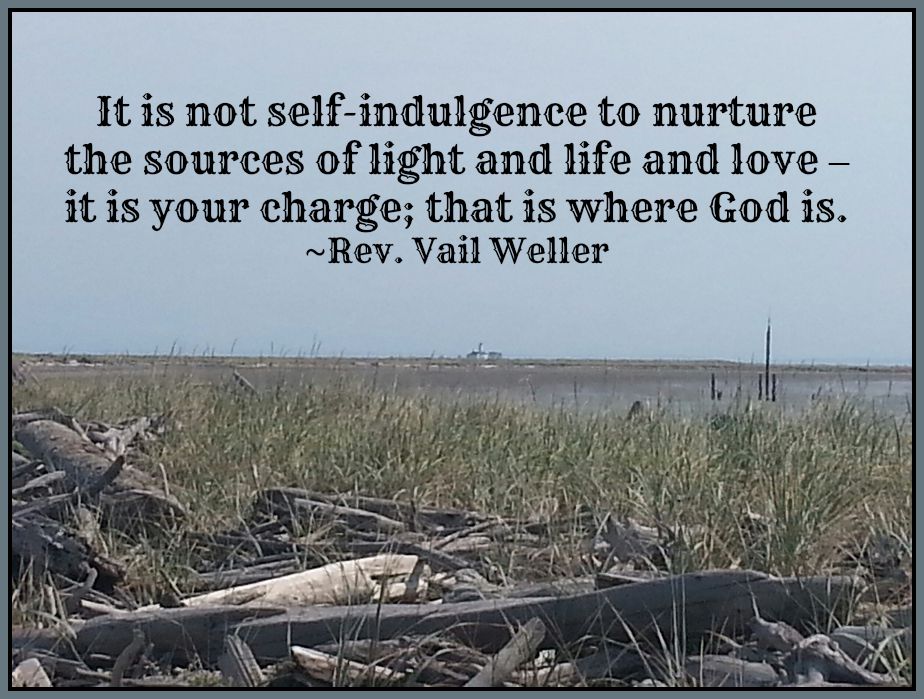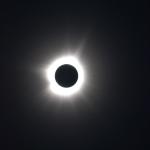A quick peek at www.godchecker.com gives some indication of the sheer number of times humanity has attempted to name The Ultimate.
At this point philosophers–and even most theologians–have given up on a proof of god and left the battlefield. For some, a god or gods is there, for others, not so much. We can debate the existence of a god or gods, but finally all we are debating is a subjective feeling, and the argument boils down to pretty much the same thing as arguing over whether a particular dish is too salty or too sweet. It’s subjective.
So, for much of humanity, belief in a deity or deities is like a taste for boiled shrimp: some are born loving them, some are born hating them, and some acquire a taste or lose the taste along the way.
What indubitably is here, there, and everywhere, is the universe that surrounds us—the whole enchilada—“everything that is, seen and unseen,” as the Book of Common Prayer would have it.
Of this thing we can say that everywhere is the center; nowhere is the center. Of this thing we can say that it is expanding, ever faster. We can call it the universe. The multi-verse. The Whole Enchilada. Yet, ultimately, we can be assured that this everything is one big something. And it’s a huge and marvelous mystery.
This everything is One, as the Hindus and the Buddhists would have it. This everything is The Way, as the Taoists would term it. Remember those words from the Ashtavakra Gita:
One believes in existence;
Another says, “There is nothing!”
Rare is the one who believes in neither.
That one is free from confusion.
This wholeness, in all its mystery and contradiction, has been a tough thing to grasp for the Western brain. Though the idea of the oneness and wholeness of all existence is at least six thousand years old in Hindu thought, we Westerners have built our cosmology and our language around polarities such as black and white, up and down, in and out, I and other, existence and non-existence, secular and religious.
In the West, the earth sat on pillars; had corners; and heaven was up there, hell down there. Our spirits went to those places. Our gods and demons lived in those places.
It’s not easy to get outside those understandings. Often we can’t, except by logic, with some anti-logic thrown in, and hard work. Or in those rare, amazing mystical moments when all feels like one and everything is A-OK. In our everyday lives, the earth sits, rock solid, and the sun and moon go up and down.
Yet none of this is “true.” We Westerners often think that thought is the only way to truth. And it is, for some forms of truth. Yet that sort of truth leads us to being “lost in our forehead,” as Hindus put it. “All up in our head.”
We can enter the space of oneness only by thought, then the letting go of thought. Why do something so foreign? Hang on. I hope to show you why . . .















